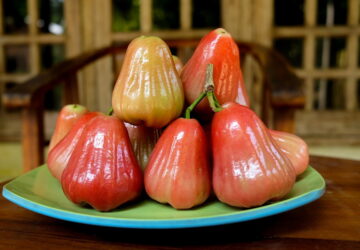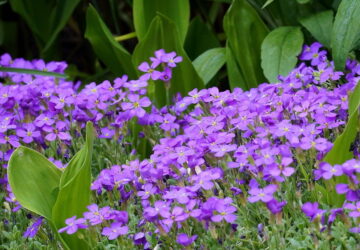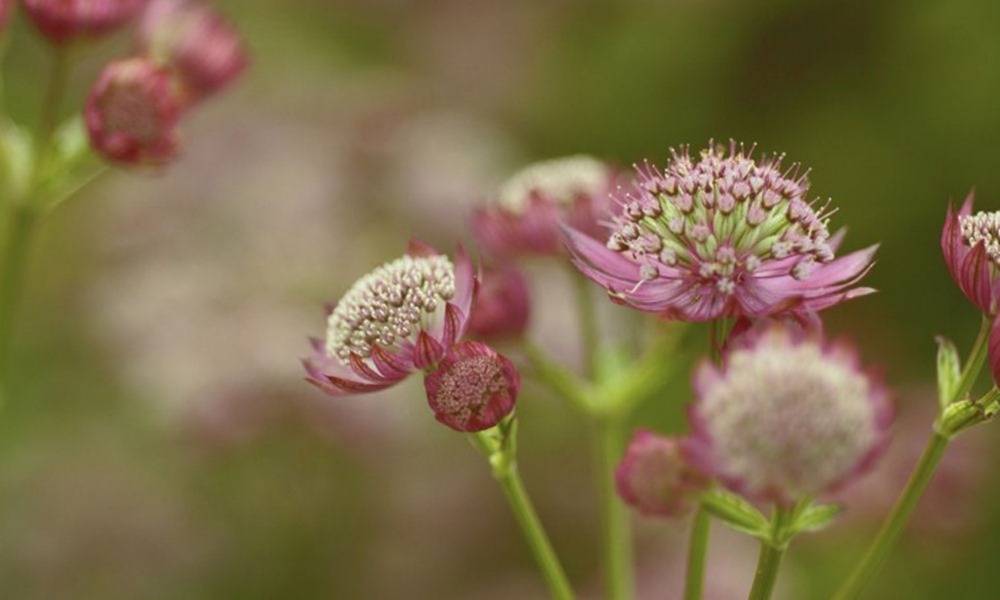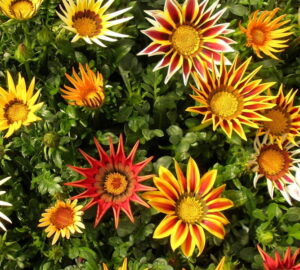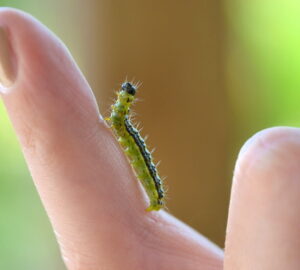Are you looking to add a touch of uniqueness and charm to your garden? Consider the great masterwort (Astrantia major), a perennial plant with distinctive features that make it a favorite among gardeners. In this article, we’ll delve into the captivating world of great masterwort, exploring its origins, characteristics and care requirements. Whether you’re an experienced gardener or just starting out, this plant is sure to pique your interest.
A Closer Look at the Great Masterwort
Origin and Family
The great masterwort is a herbaceous perennial that traces its roots to Europe and western Asia. Belonging to the Apiaceae family, which includes familiar plants like carrots and parsley, this unique species stands out with its one-of-a-kind charm. It typically reaches a modest height of 1 to 2 feet (30 to 60 centimeters) and boasts clusters of dainty, star-shaped flowers, encircled by delicate papery bracts (modified leaves).
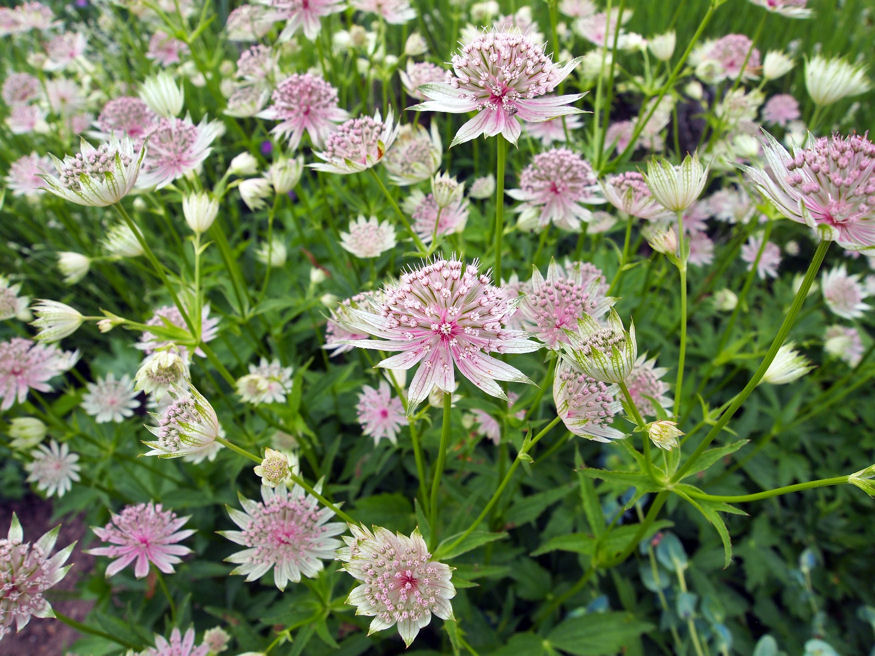
A Palette of Colors
One of the most captivating features of the great masterwort is its diverse color palette. Its blossoms can range from pure white to soft pink or even a subtle greenish-yellow hue. These exquisite flowers grace your garden from late spring to early summer, creating a stunning visual display. Interestingly, it’s often the bracts that steal the show, with their striking appearance that sets the great masterwort apart from other garden favorites. Moreover, this plant can double as a charming cut flower, adding a touch of elegance to your indoor arrangements.

Unique Foliage
What truly sets the great masterwort apart is its foliage. The plant boasts deeply lobed, palmate leaves in a lush shade of green, stretching up to 12 inches (30 centimeters) in width. These leaves are characterized by a subtle hairiness and a slightly rough texture, enhancing the overall appeal of the plant.
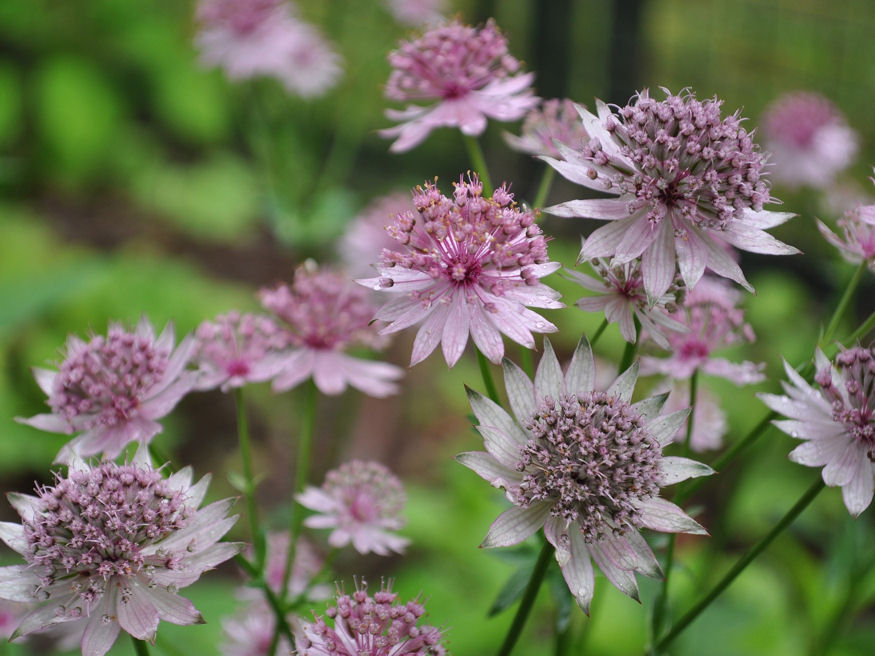
Caring for Great Masterwort
Light and Soil Requirements
Great masterwort is relatively low-maintenance, making it an ideal addition to any garden. It thrives in a variety of conditions, whether partial shade or full sun, as long as the soil is well-drained. While it exhibits a fair degree of drought tolerance, providing regular water during dry spells can help it flourish. The plant typically doesn’t demand much in terms of fertilizer, but a light spring feeding can encourage robust growth.
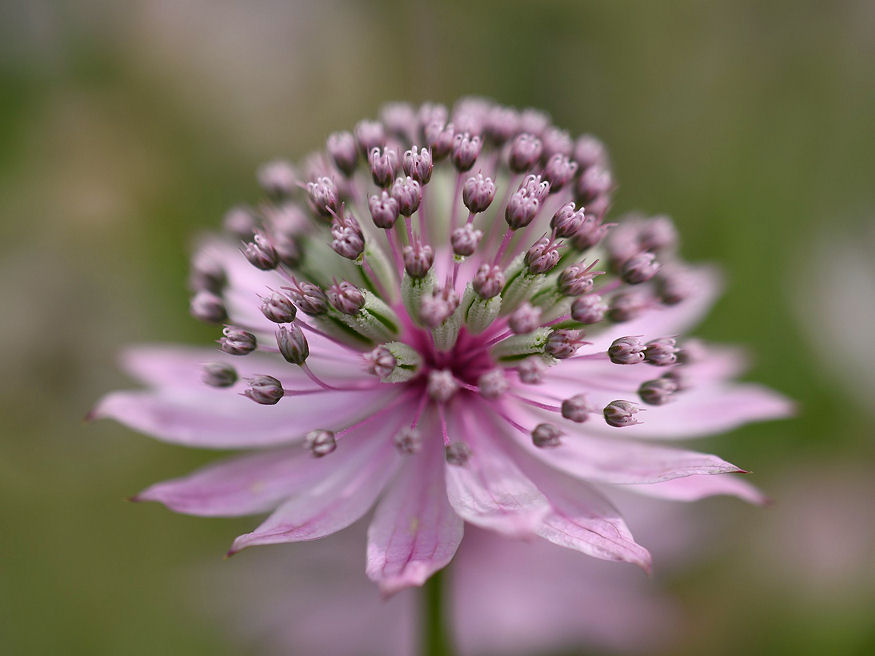
Adding Distinctive Beauty to Your Garden
In summary, the great masterwort is an extraordinary addition to any garden, offering a unique blend of captivating flowers, stunning bracts and distinctive foliage. Its adaptability to different growing conditions and low-maintenance nature make it a delightful choice for both novice and seasoned gardeners alike. So, if you’re seeking to infuse your garden with an unusual and eye-catching beauty that will thrive for years to come, consider the great masterwort as your next horticultural masterpiece. Your garden will thank you for it!
